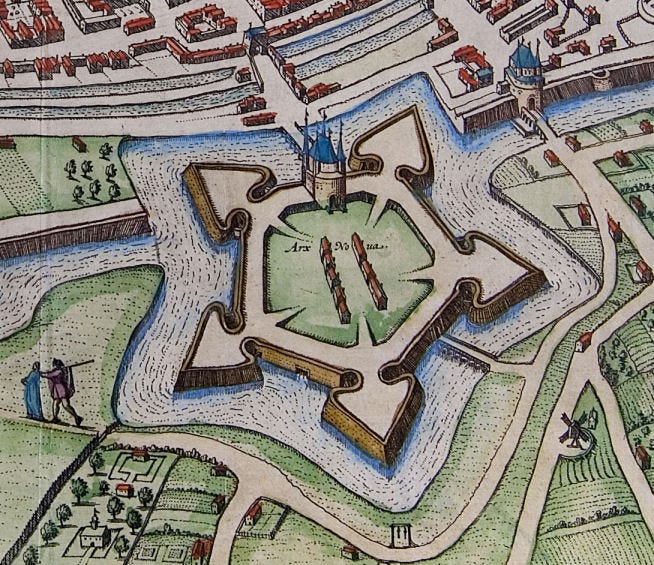Brief Delay on Groningen Central Station Due to Discovery of Historic Remains
Archaeologists halted construction for 24 hours after workers uncovered remnants of the 16th-century Arx Nova citadel beneath Groningen Central Station, as reported by OOG TV.

The ambitious renovation of Groningen’s Central Station faced an unexpected — but historically fascinating — delay due to the discovery of remains from the 16th-century Arx Nova citadel. As reported by OOG TV, excavation work was halted for 24 hours after remnants of the fortress were found near the site.
Gerrit Wessels of Groningen Spoorzone shared details on the discovery during the radio program OOG op Zaterdag. “We came across what turned out to be an extension of the Arx Nova,” Wessels explained. “There were barrels of wine, bones, pots and pans — typical archaeological material. As soon as such items are discovered, work is paused and a team of specialists steps in to examine and document the findings.” Despite the delay, Wessels stressed that overall progress remains on track.
Built between 1569 and 1577 by order of the Spanish Duke of Alva, the Arx Nova — also known as the “Castle of Alva” — was a symbolic stronghold of Spanish authority during the Dutch Revolt. Strategically located just outside Groningen’s gates, its construction was intended as both punishment and deterrent, financed by the city’s own residents. Although never fully completed, it featured massive bastions and moats. The current find is believed to be part of the western extension near where the Central Station now stands.
The archaeological discovery was also acknowledged by social media users, including a post on X by user GerardT, highlighting the renewed public interest in Groningen's hidden history.
Meanwhile, work on the Spoorzone project continues in full force. A major milestone was reached last week with the successful placement and filling of the bus underpass at the Central Station. Focus now shifts to the station’s west side, where tracks will be dismantled starting Saturday, June 14. During this phase, no trains will run between Groningen Central and Europapark stations, and all travellers will rely on replacement buses organised by NS and Arriva.
Wessels emphasised that planning and cooperation have been key: “This project has been in the works for seven years. We’re now in the most intensive period, but thanks to tight coordination with construction partners like Strukton and restoration experts, things are progressing well.”
For those curious to watch the transformation unfold, public viewing areas remain available, including a lookout tower on Achterweg. “The construction site is secured, but we welcome the public’s interest,” Wessels added.
The project may be modern, but as this discovery proves, Groningen's layers of history are never far below the surface.


